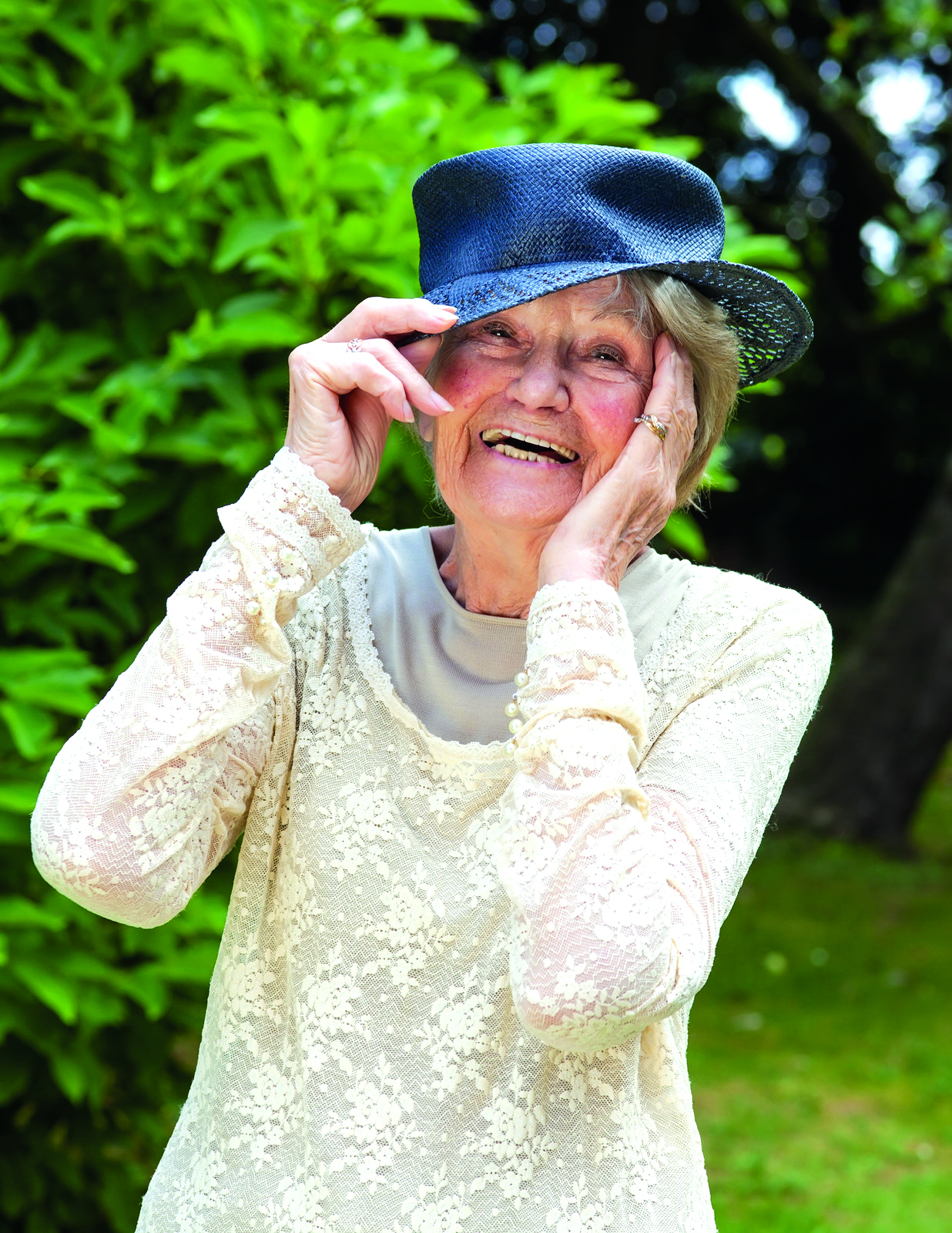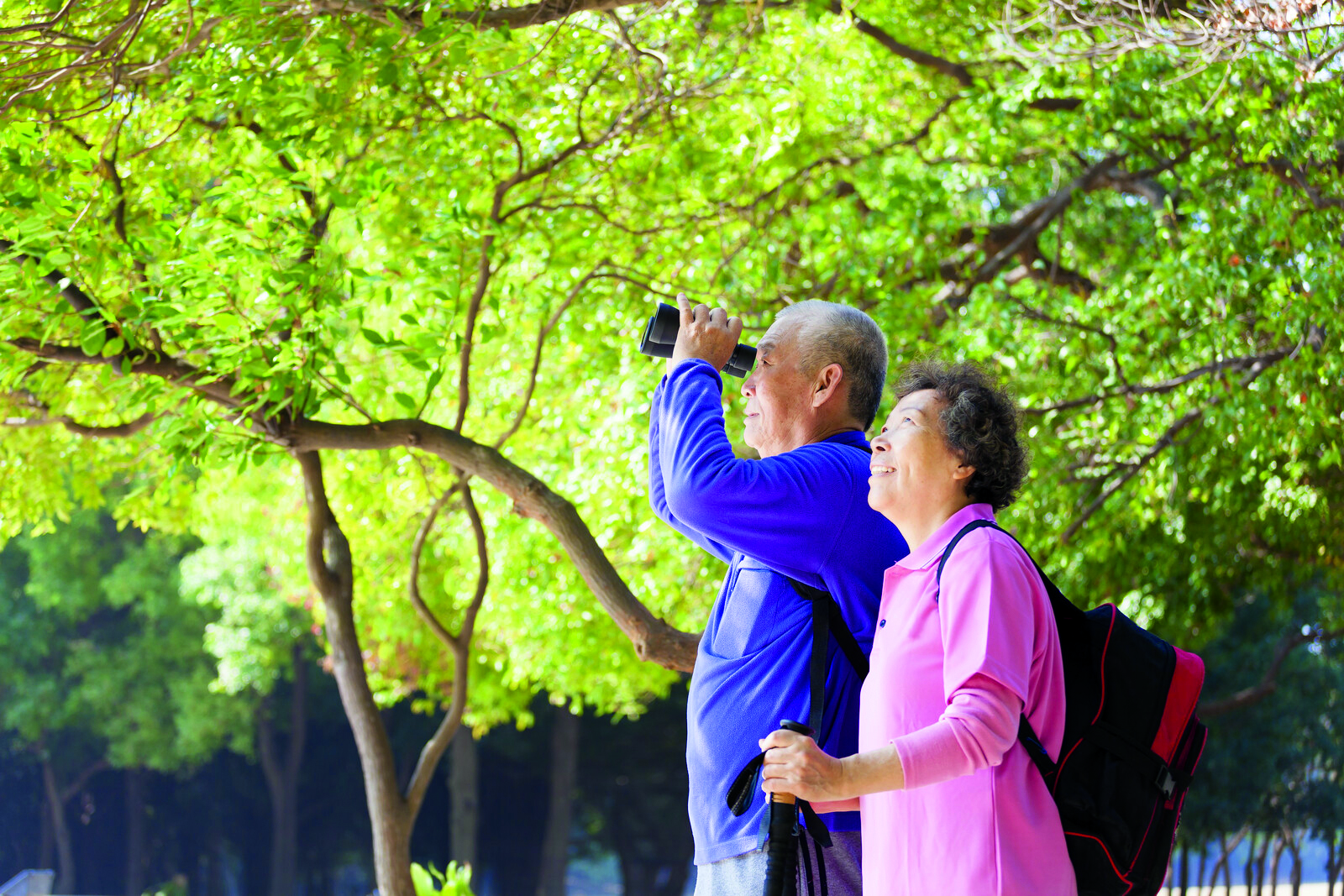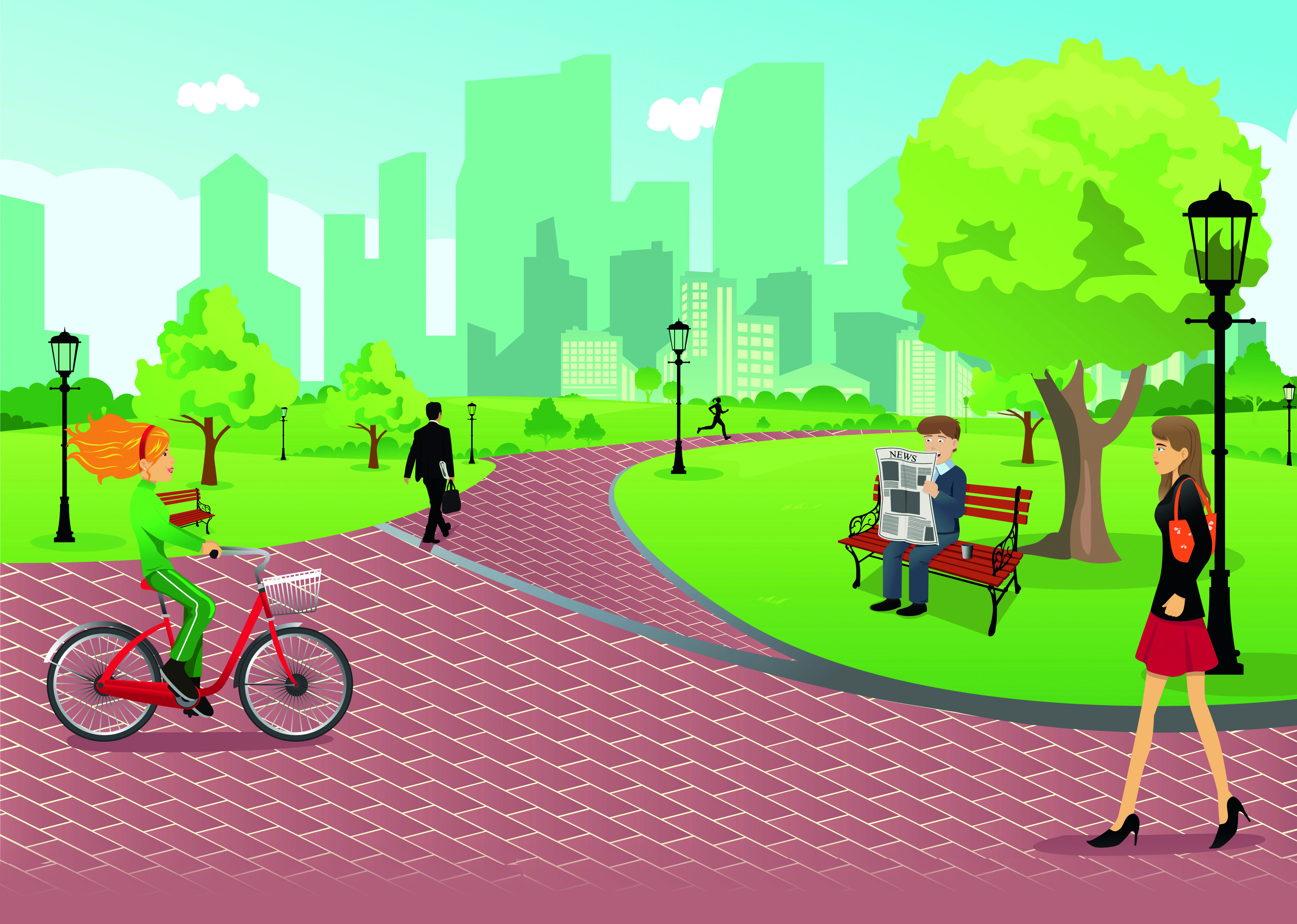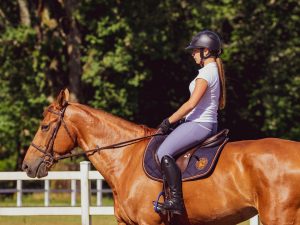Urban green spaces should be designed for multi-generational use
A recent systematic review of moderate quality examined 38 studies on the effects of various interventions aimed at creating, maintaining and preserving urban green spaces. These interventions concerned parks, the development and improvement of urban greenways or walking and cycling trails, urban “greening” and large ecological construction projects for environmental purposes such as green roofs and rain gardens (to manage rainwater runoffs).
Although studies have been mainly conducted in high-income countries, such as the United States, Australia and the United Kingdom, the results are promising: better physical health, improved well- being, lower levels of stress, reduction in crime and increased perception of security, and also greater biodiversity.

What research tells us
The evidence is also strong on the importance of turning vacant lots or urban streets into more environmentally friendly spaces. The development of rain gardens and green roofs, as well as the planting of trees allows better control of rainwater and help to address “heat islands” that are created in urban areas and that can be overwhelming for older adults.
Research has also shown that to obtain tangible results, it is not enough to physically adapt those green spaces. They must also be promoted to encourage their use by older adults in order for the space to be successful. Any initiative is not without consequences, however. It is essential to consult different populations (including older adults) and experts in different fields (urban planning, landscaping, ecology, engineering, health, economics, etc.) to minimize certain undesirable effects.
For example, adding lighting in parks increases the feeling of security and promotes more frequentation of the park, but may keep birds away and reduce biodiversity due to light pollution. Which is more desirable?
The bottom line
If you live in the city, many urban green spaces, such as parks and trails, are surely built in your neighbourhood. Share your observations and recommendations with your elected municipal officials about how urban green spaces can be improved.
Do you enjoy walking, cycling, gardening, yoga or tai chi? Summer is upon us and you are likely eager to stretch out after weeks of confinement due to the COVID-19 pandemic (while respecting preventive measures such as physical distancing). If you live in the city, many urban green spaces, such as parks and trails are available to enjoy in your neighbourhood. With the aging population and knowing that on a global scale, approximately two out of three persons will live in an urban environment by 2050, more and more social and physical infrastructure are designed to meet the needs of different urban populations, including older adults. But what do we know about the capacity of urban green spaces to improve health and well-being of older adults?

Make your voice heard
In the coming days and weeks, as you begin to explore more of the urban green spaces in your area, take note of the possible improvements in order to share your observations and recommendations with your elected municipal officials or the managers of these spaces.
Here are a few known measures that can improve urban green spaces that will encourage people to use them more frequently:
- Design urban green spaces so that they are safe, accessible and without obstacles.
- Create walking paths with non-slippery materials and minimize slopes.
- Install road signs and maps in the paths to allow people to orient themselves and measure the distance travelled.
- Set up visible signage to indicate the name and entrances to the park.
- Encourage gardening by setting up a community garden (and set up a clear protocol aimed at ensuring the health and safety of users in times of pandemic).
- Keep the premises clean and promote a sense of security by collecting garbage daily, installing more lighting, emergency telephones and security cameras.
- Promote urban green spaces in neighbouring residences.
Reprinted with permission from the McMaster Optimal Aging Portal.













